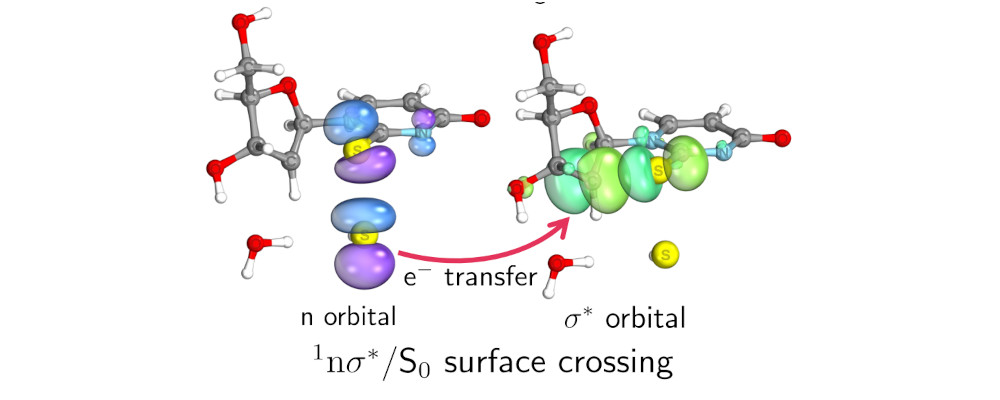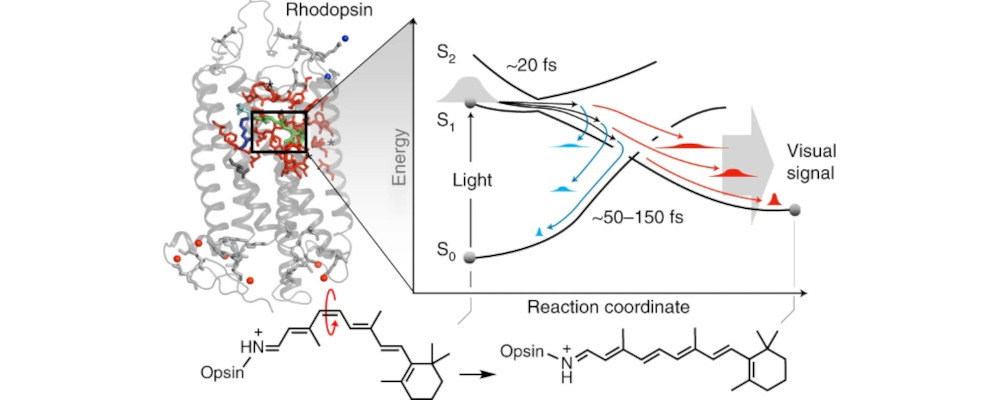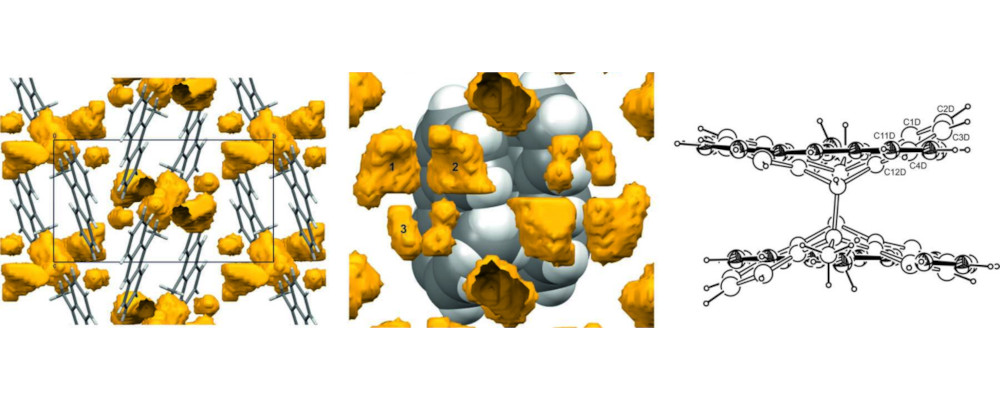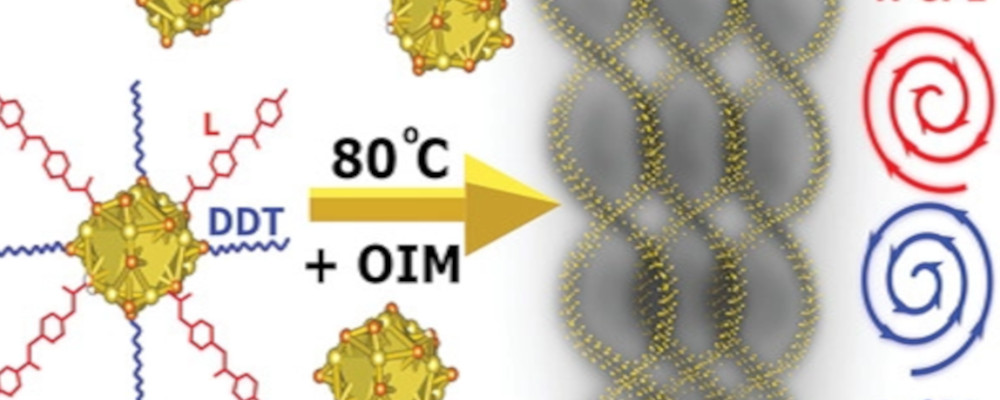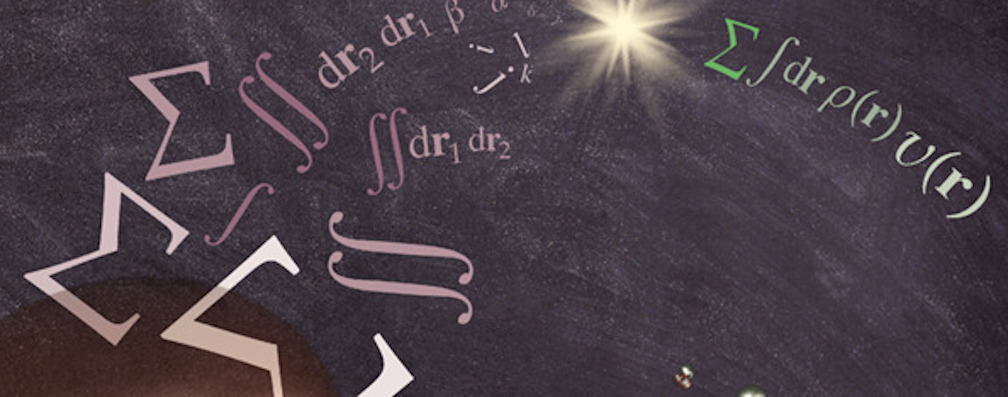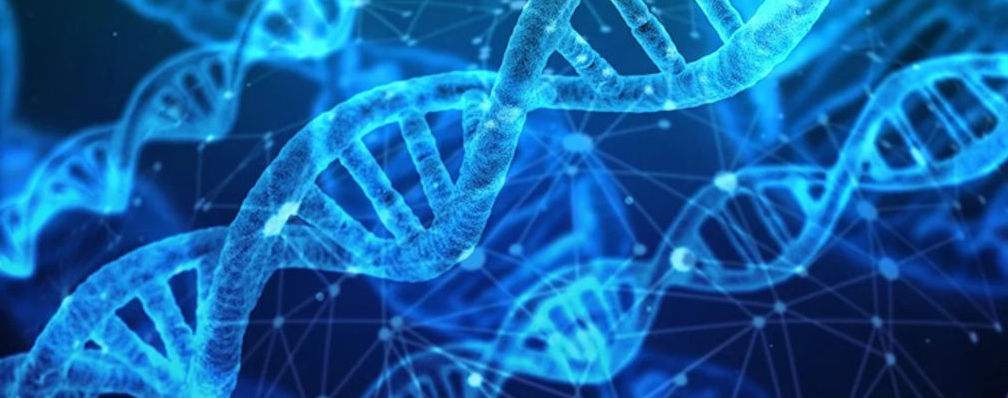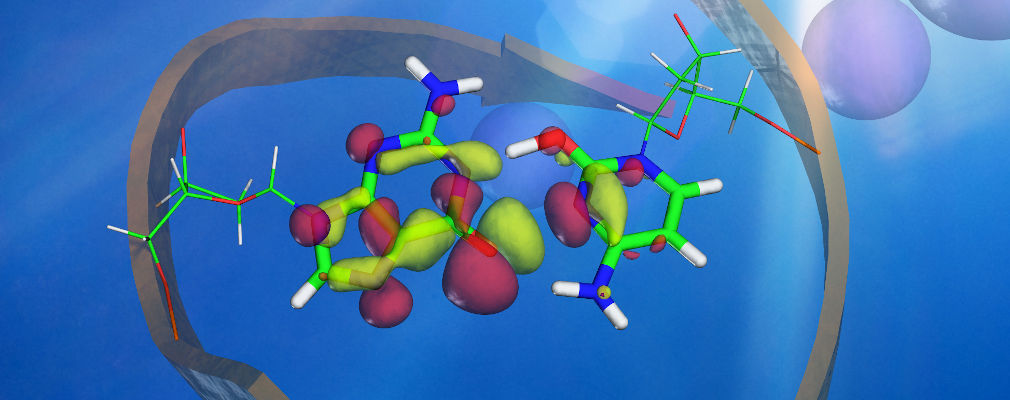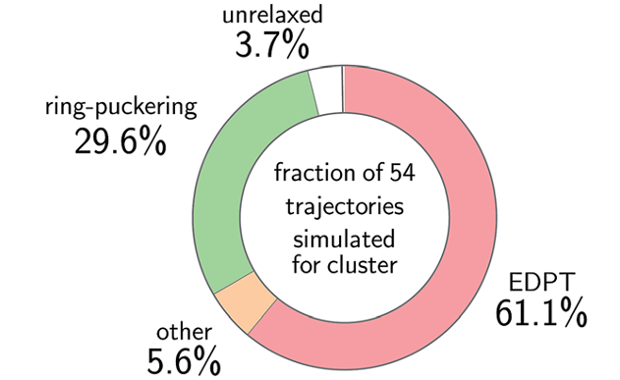Last week, members of the Institute of Advanced Materials and friends of the Professor and the Institute celebrated the long and successful scientific career of Professor Andrzej Miniewicz, who has decided to retire after more than forty years of research. Professor Miniewicz was a pioneer in nonlinear optical studies of molecular crystals at the Chemistry […]
We have a new Wroclaw’s Dwarf – in honour of Professor Andrzej Miniewicz !!


